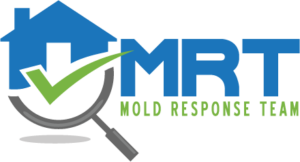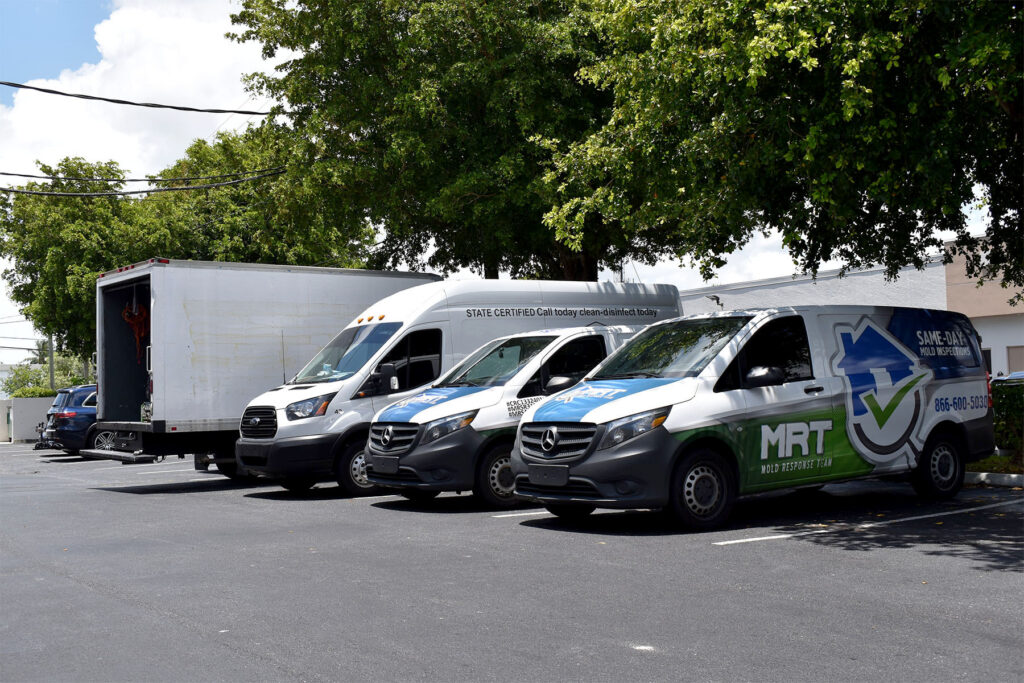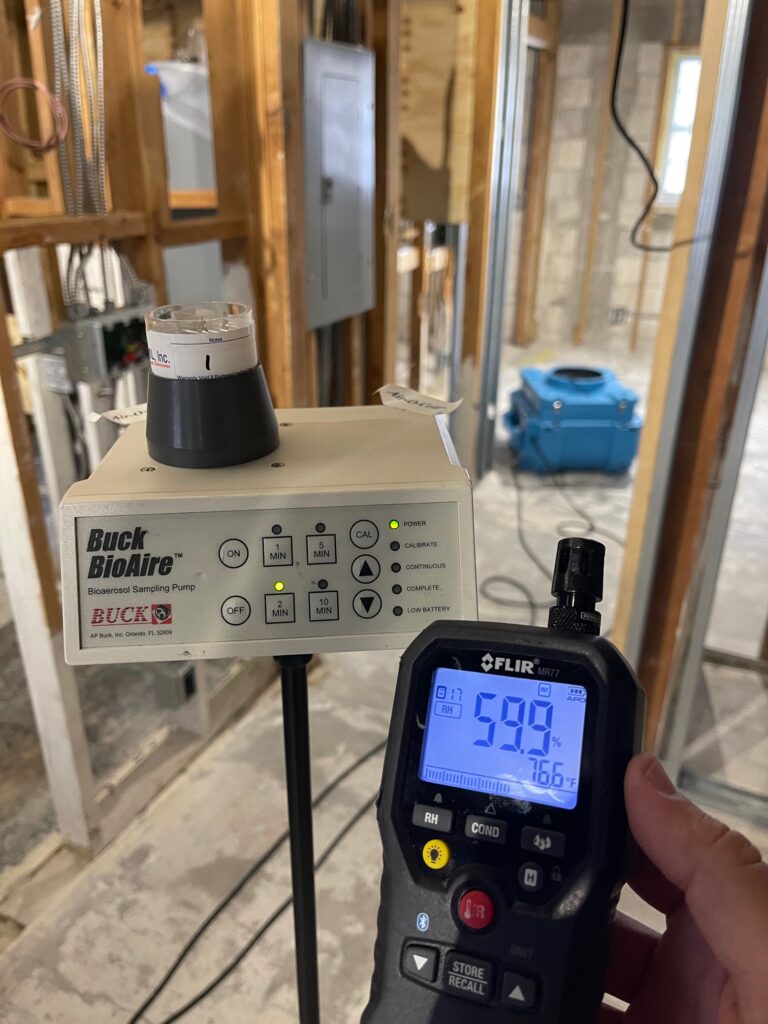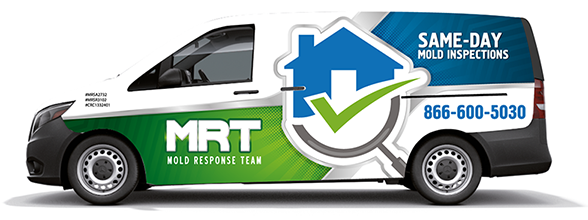Mold Inspection in Miami Beach: What You Need to Know
Mold is a common issue for homeowners in Miami Beach, particularly in regions with high humidity. If you suspect mold in your home, it’s important to act quickly. Mold can not only damage your home but also cause health issues. This article breaks down the steps of a mold inspection and what to do if mold is found.
What is Mold, and Why It Matters
Mold refers to a fungal growth that thrives in damp environments. It can develop on walls, ceilings, and floors. While some molds are harmless, others, especially black mold, are hazardous to your health.
Common symptoms of mold exposure include:
- Coughing, sneezing, or shortness of breath
- Skin problems
- Eye irritation
- Aggravated asthma conditions
If you’re experiencing these symptoms or detect a musty odor, you should consider getting a mold inspection.
The Importance of Professional Mold Inspection
Although it may be tempting to handle mold removal on your own, a professional mold inspector is recommended. Certified inspectors can accurately identify the type of mold and evaluate how widespread the contamination is.
A typical mold inspection generally covers the following:
- Initial Visual Check: The inspector checks for any visible mold growth on common areas like walls and ceilings.
- Moisture Testing: Inspectors measure moisture levels, as mold thrives in moisture-rich environments.
- Air Analysis: If mold isn’t obvious, inspectors test the air for mold spores.
- Surface Testing: Surface tests can determine mold type.
- In-Depth Report: Afterward, you’ll receive a full report on the mold issue with remediation recommendations.
Need a Mold Inspection in Miami Beach? Contact Us!
At the Mold Response Team, we provide mold removal and remediation in Miami Beach. Contact us today to get a quote.
Mold Inspection FAQ
Q: What is the cost of a mold inspection?
A: The cost depends on your home’s size.
Q: What’s the duration of a mold inspection?
A: Inspections usually take up to 1 hour.
Q: Is it necessary to vacate during cleanup?
A: In severe cases, temporary relocation may be required.
What Happens During a Mold Inspection?
In Miami Beach, thanks to local climate factors, your home may be vulnerable to mold issues. A mold inspection will focus on areas like:
- Basements, Attics, and Crawlspaces: These can be damp, especially when unventilated.
- Wet Rooms: High humidity in these rooms make them common areas for mold growth.
- Leaky Doors and Windows: Unsealed windows and doors allow moisture in.
- Air Conditioning Ducts: If not properly maintained, HVAC units and ducts can be a source of mold.
What Happens After the Inspection?
When mold is discovered, the next step is mold removal. Mold remediation means eliminating the mold and resolving the underlying moisture issue. This could require removing walls, flooring, etc. or replacing insulation. Once the cleanup is complete, the home is rechecked to ensure the mold is gone.
Preventing Mold in Your Home
To reduce the risk of mold, follow these recommendations:
- Fix Leaks Immediately: Don’t let leaks sit to prevent moisture from seeping in.
- Control Humidity: In humid areas like Miami Beach, dehumidifiers are essential.
- Ventilate Properly: Ventilation in moisture-prone areas is crucial.
- Regular Cleaning: Regular maintenance can prevent mold growth in damp areas.
Should You Hire a Mold Inspector?
If you see visible mold, contact a mold inspector in Miami Beach. Early intervention can save you money on repairs.



